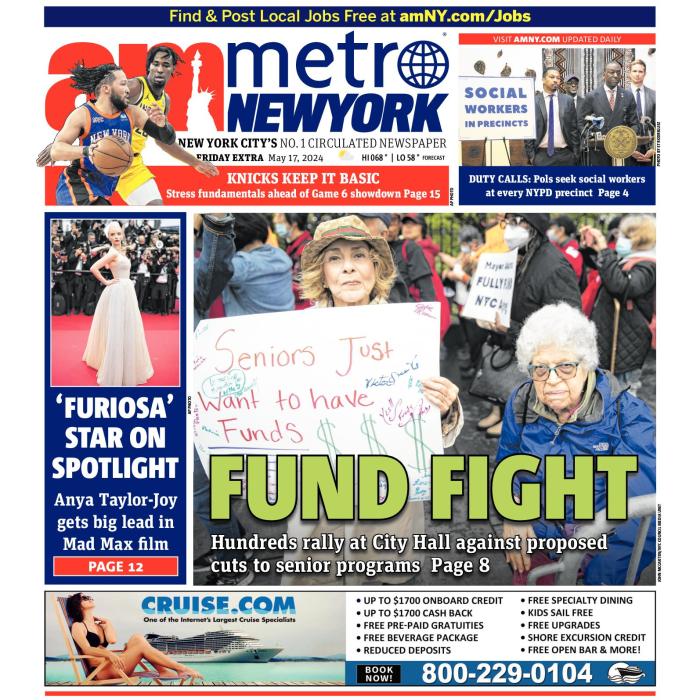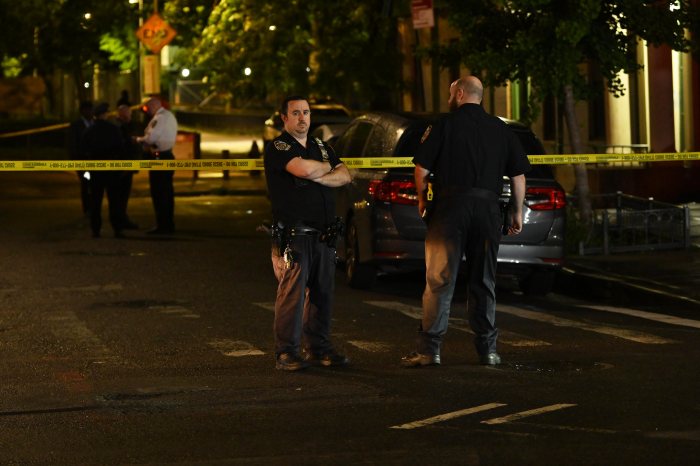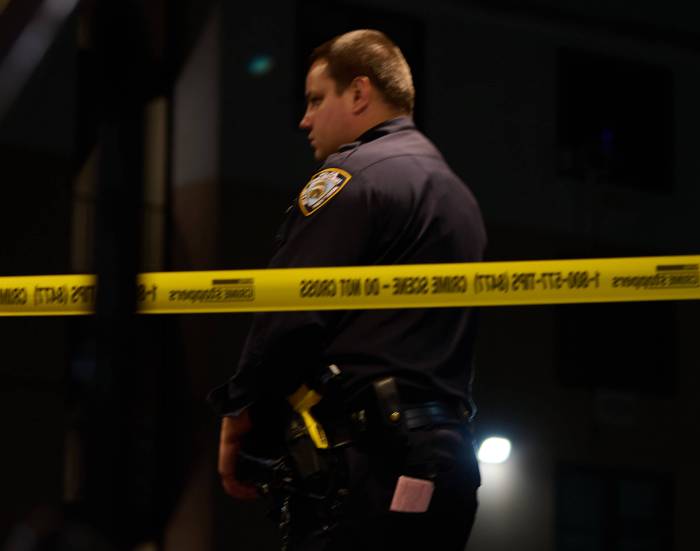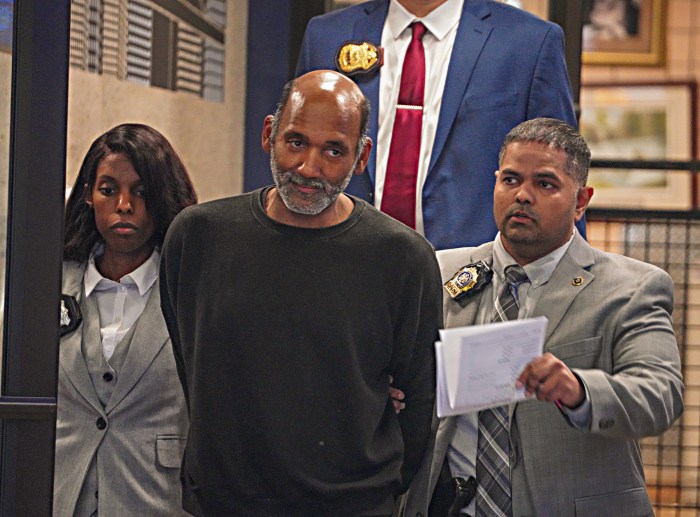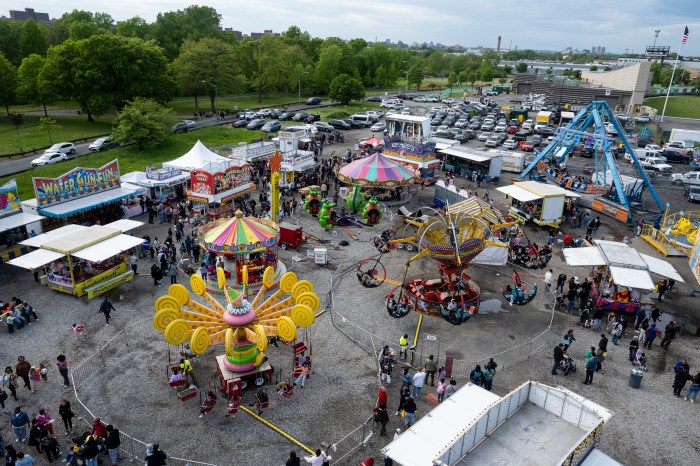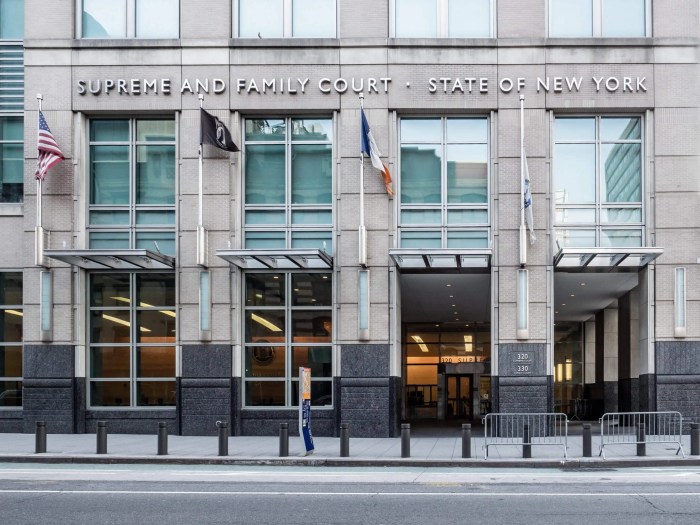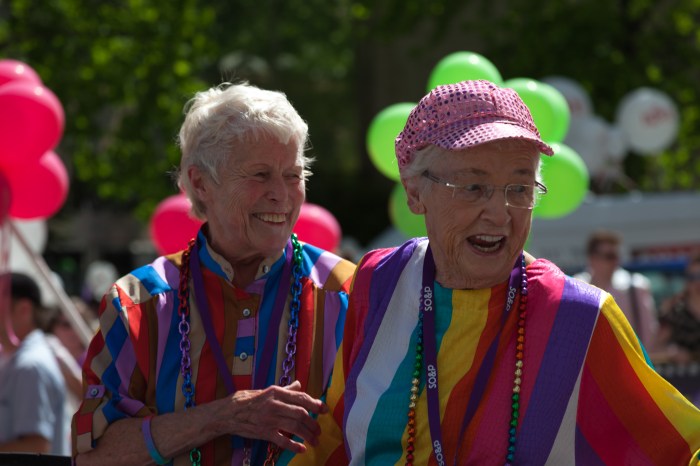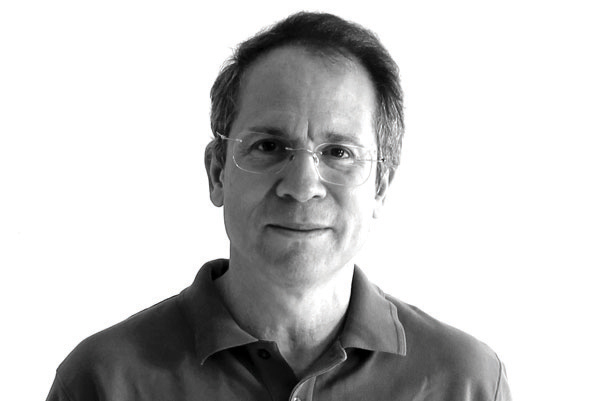
BY SAM SPOKONY | Newly released data shows that 2012 saw a nearly 10 percent increase in child births within the bounds of Community Board 1 compared to the previous year, once again bolstering arguments by Downtown advocates that the Department of Education should commit to building two public elementary schools, rather than one, below Canal St. in its new capital budget plan.
But with just a month until the five-year budget plan is voted on by the city’s Panel for Educational Policy — after which it would go to the City Council for approval in June — it seems clear that D.O.E. is still unwilling to include such a commitment.
The 2012 data, which was published in January by the Department of Health, represents the most current information on birth rates within each of the city’s 59 community districts.
In that year there were 1,191 births in Community District 1 equivalent to C.B. 1 according to the report, compared to 1,087 births in 2011.
The overall birth rate for the area was 19 per 1,000 — residents by far the highest in Manhattan (the borough’s average was 11.7) and fourth in the entire city, behind only the Brooklyn districts covering Borough Park, Sunset Park and Williamsburg/Greenpoint. In Lower Manhattan the rate jumped by 1.5 births from 2011.
That heavy upward trend is consistent with past population reports, as census data analyzed by C.B. 1 last — showed its community district’s growth between 2000 and 2010 was much higher than any other area in the city.
But the more recent rise between 2011 and 2012 has led to a new estimate from the local school advocate who is generally considered by his neighbors — as well as C.B. 1 and the local Community Education Council — to be a key source of statistical analysis regarding population data.
That resident, Eric Greenleaf — a former P.S. 234 parent and a marketing professor at New York University — has previously stated, based on the past census data, that he believes 1,200 new school seats will be required below Canal St. to adequately serve the community going forward.
“But based on these new numbers, it looks like we’re going to need closer to 1,500 seats,” Greenleaf said this week in a phone interview.
That estimation far surpasses what D.O.E. is currently planning for Downtown in its proposed 2015-2019 capital budget plan.
The budget currently includes a commitment to building only one 456-seat public school below Canal St., while the other new, 456-seat “Lower Manhattan” school in the budget is planned to be located just north of Canal St., within Trinity Real Estate’s Hudson Square development.
Ever since the proposed plan was first announced several months ago, advocates and elected officials have repeatedly urged D.O.E. to instead site two schools of that size within C.B. 1, saying that Hudson Square is too far north to meet the needs of neighborhoods like the Financial District and Battery Park City, and that the Trinity school will primarily serve the growing residential population in Hudson Square and Soho.
Greenleaf, who often uses his skills in statistics when publishing complex academic articles in his field, believes that adapting to the aforementioned birth rates should be a relatively simple effort, considering the clear data.
“These are not difficult statistics to deal with,” he said. “The biggest mistake that D.O.E. makes is that they refuse to plan at the neighborhood level, and they’re just looking at the average numbers for all of Manhattan, which are obviously way below those of our community.”
Meanwhile, Assembly Speaker Sheldon Silver recently continued his push for 1,000 new school seats by sending a Feb. 5 letter to D.O.E. Chancellor Carmen Farina, citing the ongoing issue of public school waitlists in C.B. 1.
“We continue to face an acute overcrowding problem in Lower Manhattan, particularly in the Financial District and Battery Park City areas,” Silver wrote. “Each year, we see Kindergarten waitlists of dozens of children per school.
“I strongly urge that the D.O.E. amend its capital plan so that we have 1,000 seats sited within this community,” he continued.
The speaker also asked for a meeting with Farina to further discuss the issue, while also inviting her to attend a meeting of his School Overcrowding Task Force, which convenes monthly (the next meeting will take place near the end of February).
Previously, former Chancellor Dennis Walcott had attended one of those meetings last April, when he ordered his planners to take a “deeper dive” into the numbers analyzed by Greenleaf and Community Board 1. As a result, for the first time, D.O.E.’s estimate for Lower Manhattan’s school needs, 1,000, came close to Greenleaf’s at the time, 1,200.
Harry Hartfield, a D.O.E. spokesperson did not comment on the possibility of Farina meeting with Silver and Downtown school advocates in the near future. But his statement, in response to this newspaper’s questions about the newly released birth data, maintained the department’s status quo on this issue ever since the new capital plan was first released.
“Overcrowding is a serious issue, and one that we are committed to tackling head on,” Hartfield said in a Feb. 11 email. “That is why we have a new building [at 1 Peck Slip] opening in September 2015 with 712 seats, and we have proposed almost 1,000 new seats for Lower Manhattan alone.”
That statement comes two weeks after Farina did in fact amend the capital plan, primarily to create new seats for pre-K programs. But the amendments did not directly address the issue of elementary school overcrowding Downtown.
Aside from a debate over what “Lower Manhattan” really means in terms of being above or below Canal St., a problem that people like Greenleaf and Silver have with D.O.E.’s responses on this is that they are, at this point, most concerned about a commitment to future seats over the next five years. In that regard, the forthcoming Peck Slip School may only be a kind of bandaid that will have a small effect on the overall issue of overcrowding.
“That school will make a difference, but it’s nowhere near enough,” said Greenleaf. “The fact is that, even by the time it opens, more babies will be born here, and more apartments will be built.”
